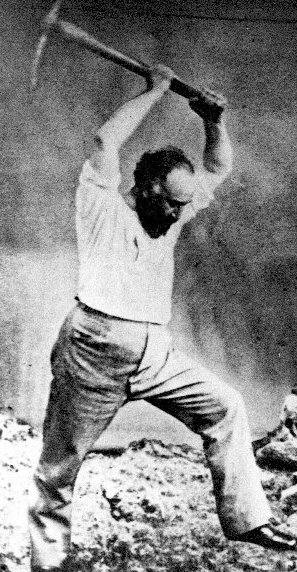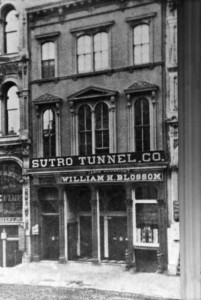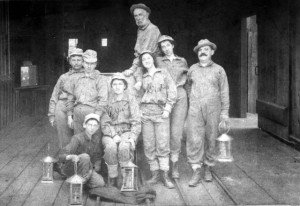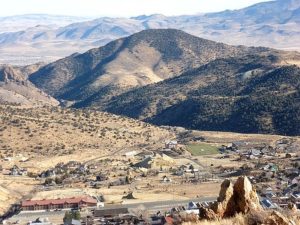Adolph Sutro: The Sutro Tunnel & the Comstock Lode
Values Codes I – H – E – L – P
Adolph Sutro was born in Aachen in what we now call Westphalia, Germany, in 1830.
He was educated as an engineer.
In 1850, Sutro arrived in San Francisco, where he was involved in merchandising tobacco, clothing and other general merchandise.
Virginia City, Nevada
In 1859, Adolph Sutro invented a new cost-effective method of refining silver ore, just as the Comstock Lode was being excavated in Virginia City.
The Comstock mines were originally thought to be rich with gold. However, miners were hampered with piles of blueish slush, which had to be carted from the mines and dumped in open fields.
Eventually, someone got curious and had the slush tested. To everyone’s surprise, it was packed with silver grains.
The riches of the Comstock Lode eventually turned out to be mostly silver, not gold.
Adolph Sutro began introducing himself to bankers and investors, telling about his plans for cleaning excess water and gas out of the mine shafts of the Comstock Lode.
His idea was to drive a four mile tunnel through Mt. Davidson to drain the water and gas that was hindering mining efforts, and, with tracks, to allow ore carts to roll downhill to a smelting plant at the end, which his company would own.
His company would receive a fee for each gallon of water drained and for each ton of ore removed from the many different mines that catacombed the silver rich mountain.
Sutro incorporated the Sutro Tunnel Co. and raised $3 million from investors – but needed more.
A London bank came through with enough backing to allowed him to move forward.
While drilling the tunnel, Sutro led the way for many months, wielding the drill and axe at the very front of the dig to inspire his workers behind him.
Adolph Sutro became known as the “King of the Comstock.”
The completed four-mile tunnel drained as much as four million gallons of water from the mines each day. This earned the Sutro Tunnel Co. an average of $10,000 a day.
Eventually, Sutro recognized that the gold and silver output of the mines was beginning to slow. He sold his shares of the Sutro Tunnel Co. at its peak price and retired to San Francisco.
There Adolph Sutro became one of San Francisco’s greatest philanthropists. For more on Sutro’s philanthropic life in San Francisco, click here.
====================================================
Note from a visitor to our Virtual Museum:
Emma Peak, Rosa Peak, and Kate Peak in the area southwest of Virginia City, Nevada were named for Adolph Sutro’s three daughters.
The town of Sutro, NV, once the most populous community in the territory of Nevada, no longer exists but the mountain peaks named for his daughters survive.
The town was created by Sutro who designed the street layout and established all the rules and regulations for residents who were principally miners working on the Sutro Tunnel project.
When the silver ran out, the town died.
— Mark Abbott Stern
Source
- Norton B. Stern, “Adolph Sutro, Pioneer Jews of San Francisco, Part Two, M-Z,” Western States Jewish History 41/2.
Note: At the Nevada State Museum in Carson City, Nevada, Adolph Sutro is listed as a Prussian engineer. Sutro had been a native of Prussia, but was not allowed to become a citizen because he was Jewish.




